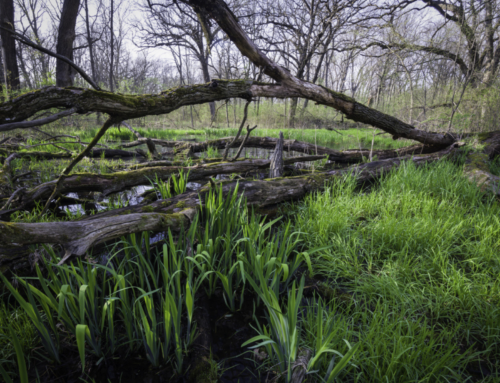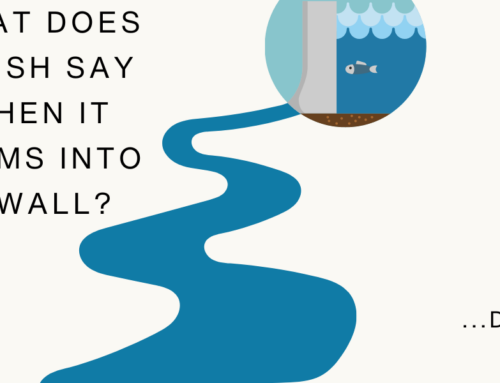November 15, 2021
Vermont Clean Water Board
c/o Emily Bird, Program Manager
Clean Water Initiative Program
Vermont Department of Environmental Conservation
Water Investment Division
Davis Building – 3rd Floor
One National Life Drive
Montpelier, VT 05620-3510
ANR.CleanWaterVT@vermont.gov
Re: State Fiscal Year 2023 Draft Clean Water Budget
Dear Ms. Bird:
Connecticut River Conservancy submits the following comments regarding the Agency of Natural Resources’ draft Clean Water Budget for the 2023 fiscal year. The funding plan as outlined does not meet the statutory requirements of Act 76 and limits access to Clean Water Funds for much of the geography of the State.
According to 10 V.S.A. § 1389 (e) the Clean Water Board shall make funding recommendations giving “equal priority” for what are now considered Tier 1 budget lines, which consist of: administrative costs of Clean Water Service Providers (CWSPs), the Formula Grants, AAFM water quality programs, Water Quality Enhancement Grants, and funding to partners for basin planning, basin water quality council participation, education, and outreach.
Further, 10 V.S.A. § 1389 (e)(1)(D) states, that the Water Quality Enhancement Grants are to be funded at a level which is “at least 20 percent of the annual balance of the Clean Water Fund, provided that the maximum amount recommended under this subdivision (D) in any year shall not exceed $5,000,000.00.”
CRC contends that the allocation in the draft budget for Water Quality Enhancement Grants does not meet the statutory requirement laid out in Act 76. The draft budget that ANR proposes only allocates $3 million for the Enhancement Grants, while the total draft Clean Water Budget is $25,879,149, 20% of which would be $5,175,830. Tier 2 and Tier 3 priorities should not be funded until Tier 1 needs are met. CRC requests that the budget be amended to fully fund the 1.41 Multi-sector line at $5 million.
Included on line 1.42 is an allocation of $2 million from the Capital Bill for VHCB Natural Resource projects. CRC argues that the allocation to VHCB should not be considered a Water Quality Enhancement Grant because the intent of this section in Act 76 was to provide funding for water quality projects to be carried out in basins not immediately covered by the transition to Clean Water Service Providers during the implementation of Act 76. By statute, Water Quality Enhancement Grants are funded out of the Clean Water Fund, not the Capital bill. CRC supports land conservation as an additional means of protecting water quality and multiple ecosystem functions, and the Agency can certainly allocate funding to VHCB, but that funding should be in addition to the $5 million in funding for the Enhancement grant to not shortchange the implementation of other water quality projects throughout the state.
The Water Quality Enhancement Grants are the primary grants that can be used in the Hudson and Connecticut River basins for any water quality project work. CRC’s recollection regarding the legislative intent of this grant program was to ensure that while the CWSPs are being established there would be funding available to continue clean water projects in those basins that were not being prioritized under Act 76 – namely the Connecticut River and Hudson River watersheds – and to continue clean water projects that are focused on other sources of pollution besides phosphorus – such as nitrogen, bacteria, sewage, etc. Those of us that work in Hudson and Connecticut River watersheds already struggle to access State funding since so much of it is understandably directed toward Lake Champlain and Lake Memphremagog. We rely on the Water Quality Enhancement Grants as the major funding source to support projects in the eastern and southwestern parts of the State and they are the only funds available for state-wide non-regulatory work.
To help illustrate how the draft budget allocation would be spent geographically, of the total $25,879,149 allocated for the Clean Water Fund, $15,202,496 is dedicated to projects that would only occur[1] in the Lake Champlain and Lake Memphremagog watersheds. The remaining $10,676,653 would then be allocated State-wide, with some percentage of this amount also going to the Lakes.
Additionally, the Clean Water Performance report shows that of the $194 million in Clean Water Funds spent since 2016, $120 million has gone to the Lake Champlain Basin. Only $53 million (or 27% of the total) has gone to support projects in the Connecticut River side of the state, which makes up 42% of the geographic area of the state. In the future, it would be more transparent and create additional equity if the Clean Water Fund budget explicitly stated exactly how each line item might be allocated across the four major watershed basins in the state.
CRC is also concerned that funding allocated for the Developed Lands Implementation Grant as a Tier 3 project is premature. According to Act 76, the Developed Lands Implementation grant “shall only be available in basins where a clean water service provider has met its annual goals or is making sufficient progress.” According to the Clean Water Service Provider Final rule adopted on August 12, 2021, the initial term for the CWSPs in the Lake Champlain and Lake Memphremagog basins begins on July 1, 2022, which would mean that an assessment of whether they are meeting annal goals would not be possible until after their first annual report is received, likely after July 2023. Given that, it is unclear why any money has been allocated to this grant program, as there is no way that the currently identified CWSPs can show progress.
Similarly, Line 1.2 is money allocated to support Operation and Maintenance of projects undertaken by CWSPs. If the initial term for the designated CWSPs does not begin until July of 2022, there can not be any completed projects that require operation and maintenance support. CRC is confused about what this $210,00 would be spent on.
One final concern, Line 1.3 is money allocated for partner support of the tactical basin planning process and basin water quality council participation. This funding is incredibly important to coordinate implementation of projects and priorities in the Tactical Basin Plans. Our understanding is that the amount allocated is the same as last year, while additional money will be needed beginning this year to support the BWQCs in the newly designated CWSP basins. CRC is concerned that this will result in an overall reduction of funding for tactical basin planning support. Please increase this line item to appropriately plan for the additional investment needed for BWQCs without reducing existing Tactical Basin Planning support.
CRC appreciates the opportunity to comment on these funding priorities.
Sincerely,
Kathy Urffer
River Steward, VT/NH
Brattleboro
Fritz Gerhardt
Conservation Scientist
Newark
Ron Rhodes
Director of Restoration Programs
Pomfret
CC: Windham, Windsor, Orange, Essex, and Caledonia County Legislators
[1] This includes the programs associated with budget lines 1.2, 1.2, 2.21, 2.22, 2.23, 3.1, 4.1, and 4.2. The description for Line 2.21 and line 2.22 references, 10 V.S.A. § 928, which states, “The grant program shall only be available in basins where a clean water service provider has met its annual goals or is making sufficient progress.”








